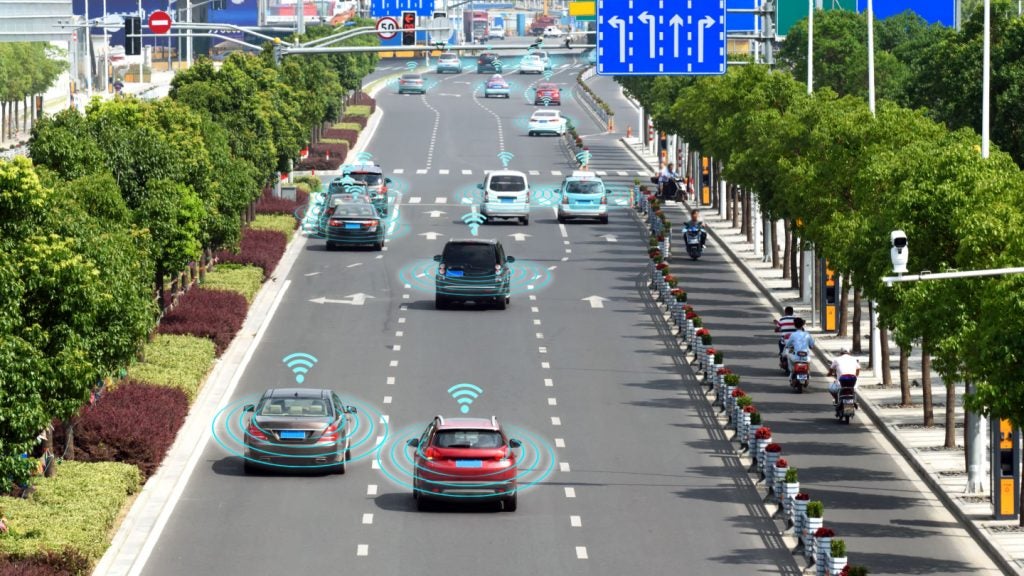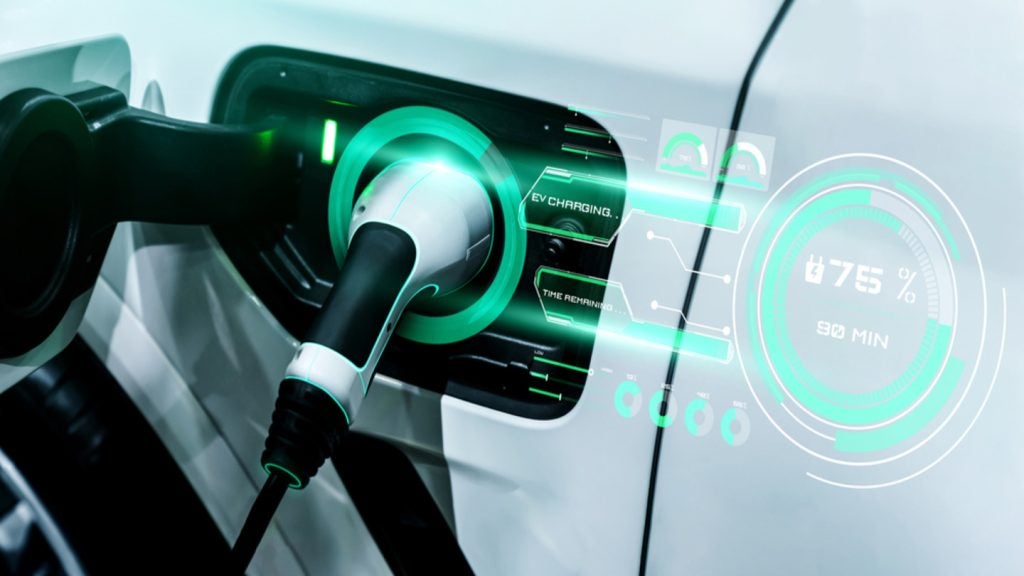AEye has been granted a patent for a lidar receiver that allows for close coordination between a lidar transmitter and receiver. The receiver can adapt to variable shot intervals of the transmitter and define detection intervals based on the targeted region in the field of view. The system includes a photodetector circuit, signal processing circuit, and control circuit for efficient detection and processing of returns from laser pulse shots. GlobalData’s report on AEye gives a 360-degree view of the company including its patenting strategy. Buy the report here.
According to GlobalData’s company profile on AEye, lidar-guided object detection was a key innovation area identified from patents. AEye's grant share as of June 2023 was 1%. Grant share is based on the ratio of number of grants to total number of patents.
Lidar receiver with controlled detection intervals for laser pulse shots
A recently granted patent (Publication Number: US11686845B2) describes a lidar system that includes a lidar transmitter, a photodetector circuit, a signal processing circuit, and a control circuit. The lidar transmitter uses a scannable mirror to transmit laser pulse shots that target multiple range points in a field of view. The photodetector circuit consists of an array of pixels that sense incident light. The signal processing circuit includes an analog-to-digital converter that digitizes the sensed signals into samples stored in a buffer. The control circuit processes a shot list, which identifies the laser pulse shots, and determines detection intervals based on the shot list and defined criteria. Each detection interval corresponds to a laser pulse shot and defines a time period for detecting the return from that shot. The photodetector circuit selectively starts and stops collections from different pixels in accordance with the determined detection intervals to sense the returns. The signal processing circuit reads samples from the buffer in groups corresponding to the detection intervals, processes the groups to determine if they include returns, and computes return data for the determined returns.
The system also includes defined regions in the field of view, such as elevation angles indicative of the horizon or ground intersection, and azimuth angles pointing off the system's motion path. The control circuit associates different detection intervals with these defined regions based on criteria data. The control circuit can update the defined regions and criteria data over time. Additionally, the control circuit identifies pixel sets in the array to use for sensing returns from each laser pulse shot and associates the determined detection intervals with the corresponding identified pixel sets. The control circuit can select range points for targeting with the laser pulse shots and schedule them in the shot list.
The lidar transmitter scans the scannable mirror in a resonant mode at a scan frequency between 100 Hz and 20 kHz. The system can also include a laser source that generates the laser pulse shots, and the control circuit schedules the shots in the shot list according to a laser energy model and a mirror motion model for the scannable mirror. The signal processing circuit may consist of multiple processors that share the processing of the sensed signal data.
Overall, this lidar system provides a method for controlling a lidar receiver and offers improved accuracy and efficiency in detecting returns from laser pulse shots in various defined regions of the field of view.
To know more about GlobalData’s detailed insights on AEye, buy the report here.
Premium Insights
From
The gold standard of business intelligence.
Blending expert knowledge with cutting-edge technology, GlobalData’s unrivalled proprietary data will enable you to decode what’s happening in your market. You can make better informed decisions and gain a future-proof advantage over your competitors.








